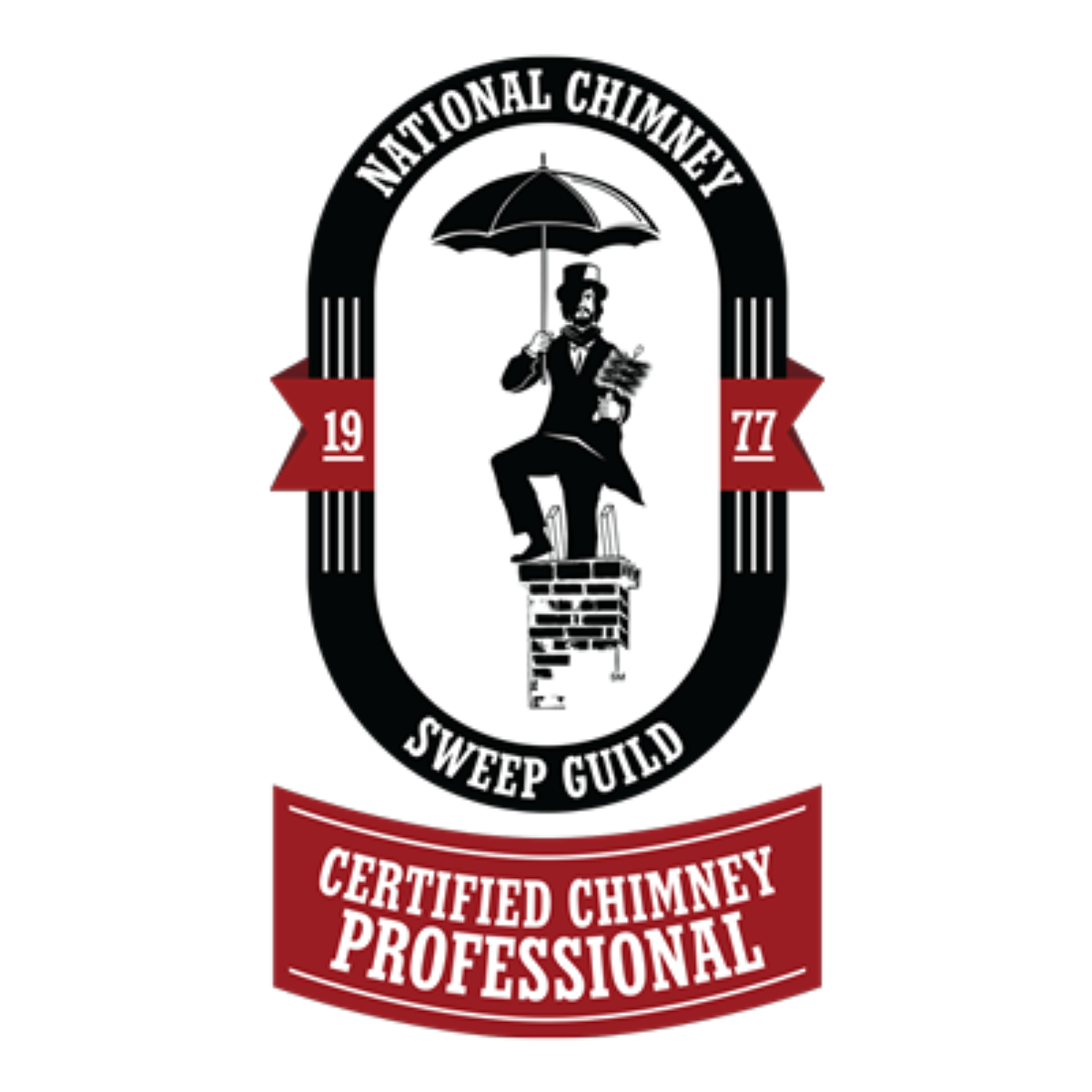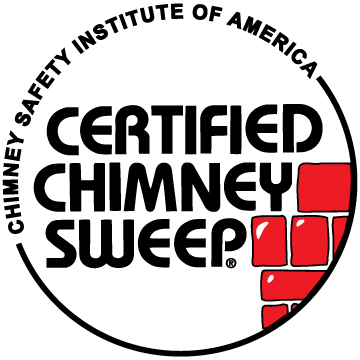Fireplace Installation Tips for Energy Efficiency in Dallas Homes
To enhance energy efficiency during fireplace installation in Dallas homes, first, select the appropriate fireplace type—consider gas for consistent heat or electric for easy installation and low emissions. Ensure your home is well-insulated to prevent heat loss and support optimal fireplace performance. Ventilation is critical; opt for a direct vent system to safely expel combustion gases while maintaining efficiency. Additionally, energy-efficient inserts can significantly reduce heating costs. Lastly, commit to regular maintenance, including chimney cleaning and inspections, to ensure safe operation. Continuing on will reveal more strategies to optimize your fireplace’s performance.
Key Takeaways
- Choose a gas or electric fireplace for lower maintenance and higher energy efficiency in Dallas’s climate.
- Ensure proper insulation around the fireplace to prevent heat loss and maintain indoor temperatures.
- Opt for energy-efficient inserts to enhance heat output while reducing overall heating costs.
- Implement effective ventilation systems, such as direct vent, to ensure safety and optimal performance.
- Schedule regular maintenance and inspections to prevent hazards and improve fireplace efficiency.
Choosing the Right Fireplace Type
Selecting the appropriate fireplace type is crucial for maximizing both comfort and energy efficiency in your home. In the context of Dallas fireplaces, homeowners have a variety of options, including traditional wood-burning units, gas fireplaces, and modern electric models. Each type offers distinct advantages, depending on your specific heating needs and lifestyle preferences.
For energy-efficient fireplace installation, consider gas fireplaces, which provide consistent heat output and require less maintenance than wood-burning alternatives. Electric fireplaces also offer an appealing choice for those seeking a clean, easy-to-install option with no emissions.
When selecting a fireplace, it is essential to evaluate the heating capacity, as well as how well it integrates with your existing home insulation and layout.
To enhance efficiency, remember these fireplace heating tips: ensure proper ventilation, regularly clean your unit, and consider using glass doors to minimize heat loss.
Importance of Proper Insulation
Proper insulation plays a vital role in the overall efficiency of your fireplace, significantly affecting both comfort and energy consumption within your home. Inadequate insulation can lead to heat loss, resulting in higher energy bills and diminished warmth.
Insulation serves as a barrier that prevents the transfer of heat between the interior of your home and the outside environment, ensuring that the heat generated by your fireplace remains within the living space.
When installing a fireplace, it is essential to consider the insulation materials used around the fireplace structure, including the chimney and flue systems. High-quality insulation materials will not only enhance the fireplace’s performance but also contribute to the longevity of the installation by reducing the risk of heat damage to surrounding structures.
Additionally, proper insulation can help maintain a more consistent indoor temperature, reducing the need for supplementary heating sources. This efficiency not only supports a comfortable living environment but also aligns with sustainability goals by minimizing fossil fuel consumption.
Ventilation Considerations
When considering the installation of a fireplace, effective ventilation is crucial to ensure safety and optimal performance. Proper ventilation allows for the safe expulsion of combustion gases, such as carbon monoxide, while also enabling adequate airflow for efficient burning.
Inadequate ventilation can lead to dangerous situations, including backdrafts and the buildup of harmful gases within the home.
There are several ventilation options to consider when installing a fireplace. Direct vent systems draw air from outside for combustion and expel exhaust gases through a sealed flue, minimizing heat loss and improving energy efficiency.
Alternatively, natural vent systems rely on a chimney to provide the necessary draft, but they can be less efficient and may require more maintenance to prevent blockages.
In Dallas, homeowners should also account for local building codes and regulations regarding ventilation systems. It is advisable to consult with a professional installer to ensure compliance and optimal design.
Furthermore, regular maintenance and inspections of the ventilation system are essential to ensure long-term functionality and safety, thereby maximizing the efficiency of the fireplace and enhancing overall energy savings.
Utilizing Energy-Efficient Inserts
Incorporating energy-efficient inserts into your fireplace can significantly enhance its performance while reducing heating costs. These inserts are designed to optimize heat output and minimize heat loss, making them an excellent choice for homeowners in Dallas looking to improve energy efficiency.
Energy-efficient inserts come in various types, including gas, wood, and pellet options. Gas inserts, for instance, provide instant heat and are relatively easy to control, allowing homeowners to achieve the desired temperature without excessive energy consumption.
Wood inserts, on the other hand, create a traditional ambiance while utilizing advanced combustion technology to burn fuel more efficiently, thus reducing emissions and maximizing heat production.
Pellet inserts offer a modern solution, utilizing compressed wood pellets as fuel, which burn cleaner and provide consistent heat output. When selecting an insert, it’s essential to consider the size and type that best fits your existing fireplace, ensuring proper installation for optimal efficiency.
In addition to their energy-saving benefits, these inserts can also enhance the aesthetic appeal of your home.
Regular Maintenance Practices
Regular maintenance practices are crucial for ensuring the longevity and efficiency of your fireplace. Regular inspections and cleanings can prevent the buildup of creosote, a flammable substance that poses a fire hazard.
It is recommended to have your chimney professionally cleaned at least once a year, especially before the start of the heating season.
Additionally, inspect the flue and damper for proper operation. Ensure that the damper opens and closes completely to optimize airflow and prevent drafts. The seals should also be checked and replaced if necessary to maintain efficiency.
Another vital aspect is checking for any signs of damage or wear, such as cracks in the firebox or chimney. Addressing these issues promptly can prevent costly repairs in the future.
Lastly, consider using a fireplace cover to protect it from the elements when not in use. This simple step can help maintain its condition and improve energy efficiency.
Choosing Energy-Efficient Fireplaces with Expert DFW Chimney Service
Masters Services Chimney & Masonry – DFW
11245 Goodnight Ln #35, Dallas, TX 75229
(972)877-4650










